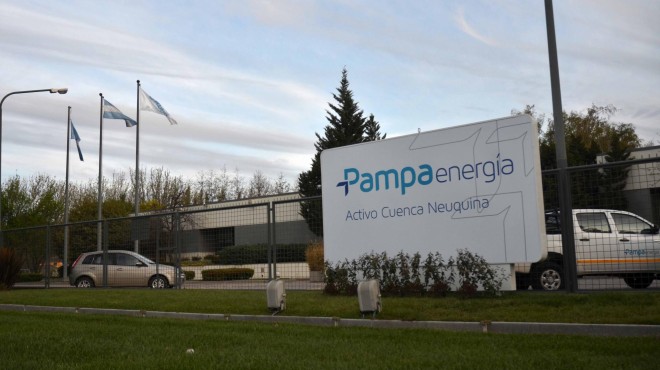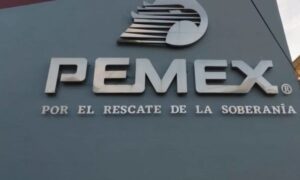
(S&P Global, 14.Apr.2021) — Pampa Energia, the fifth-biggest natural gas producer in Argentina, is taking its first steps to produce oil from the Vaca Muerta shale play while also stepping up gas output on a bet that a rise in domestic and export demand and prices will improve profits, Horacio Turri, the company’s executive director of hydrocarbons, said April 14.
Its first exploratory oil well in Rincón de Aranda, a block in Vaca Muerta’s oil window, has shown “very promising signs,” Turri said in a live-streamed interview with EconoJournal, a local news website. “We will start oil development in the near term.”
Pampa is also preparing to complete a second well for oil on that block, he added, saying that the initial results are also bright.
Pampa has long focused on gas production, using some of the supplies to feed its power plants and complement its sister business in Transportadora de Gas del Sur, the country’s biggest gas pipeline operator.
“Our priority is gas, but we are also looking at oil,” Turri said.
Rebuilding gas output
In March, Pampa said it plans to boost its gas production 28% to 9 million cubic meters/day this winter — June to August — from 7.1 million in winter 2020 after winning a contract to deliver the supplies at an incentivized price of $4.68/MMBtu.
The higher price — up from less than $2.50/MMBtu in 2020 — stems from a 2021-24 stimulus program designed to rebuild production from a slump over the past year and a half from low prices. The government wants to eventually do away with imports and increase exports, now going to neighboring countries in small amounts.
The challenge is to revert the decline first. Gas output fell 21% to 114.5 million cu m/d in February from a most recent peak of 144.4 million cu m/d in July 2019, according to the latest Energy Secretariat data. This has led the government to hire a second regasification terminal to boost LNG imports this winter, and there are expectations that imports will rise starting this year from an average of 19.9 million cu m/d in 2020 when production averaged 123.2 million cu m/d. Argentina consumes an average 140 million cu m/d.
Turri said there’s potential to replace these imports with gas from Vaca Muerta and tight plays like Agrio, both in Neuquen province.
In the near term, companies can fill 7 million to 8 million cu m/d of spare capacity in the pipelines out of Vaca Muerta during winter to reduce the imports, but for longer-term growth, a new pipeline must be built, a project that the government shelved last year as the coronavirus pandemic and Argentina’s financial crisis deterred bidders in an already-delayed auction.
Turri expects that the government will revive the $2 billion project in the next few months given that the country’s financial crisis is ebbing and the economy is rebounding from a slump last year. This will improve the possibility of companies securing financing to build the 1,000-km line with a full capacity for moving 40 million cu m/d, probably built in two stages.
“The government has the project on its agenda. It understands the benefits,” he said. “It doesn’t make sense to bring gas from Qatar to Argentina. That’s not cheaper than moving it from Neuquén to Buenos Aires by pipeline.”
Expanding capacity
To prepare for sales growth, Pampa is investing $50 million to build a 4.8 million cu m/d treatment plant by the end of this year at El Mangrullo, its most productive gas field. This project, along with the expansion of other facilities, will boost its production capacity from the field to 9 million cu m/d from a current 5.2 million, Turri said. Most of the production is coming from tight plays, with five more wells planned for drilling and five for completions in El Mangrullo, plus another well to be drilled and four completed in Sierra Chata, its second-most-productive block.
In Vaca Muerta, Pampa has started drilling for gas in Vaca Muerta in Sierra Chata, where it will make its first well completion this year with 36 frac stages to produce 300,000-400,000 cu m/d, Turri said.
But for long-term production growth, Turri said pipeline capacity must be expanded and LNG export facilities built so Vaca Muerta can first replace gas imports and then supply global markets at a time when gas demand is rising for the energy transition to net-zero carbon emissions.
“Today we know that gas is needed and we have gas for various Argentinas, which means that the market for Vaca Muerta is going to be exports, and we need to take advantage of it now because it is a product that eventually is going to have a substitute,” Turri said. “The race has started, and we need to try to get there first.”
____________________
Author Charles Newbery

